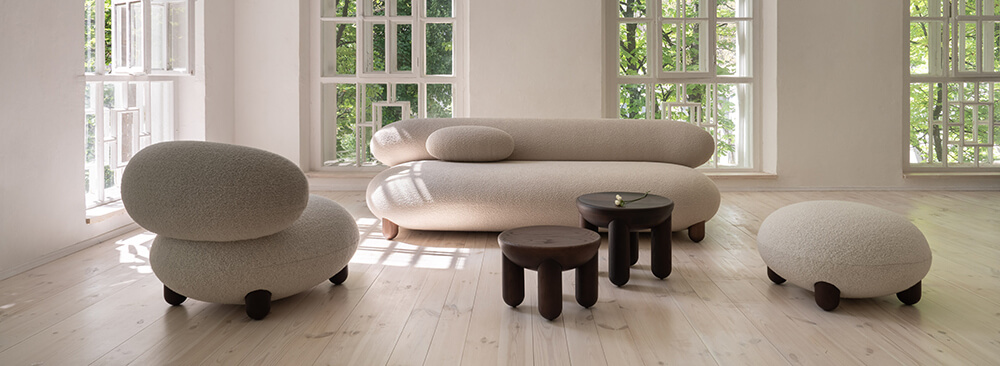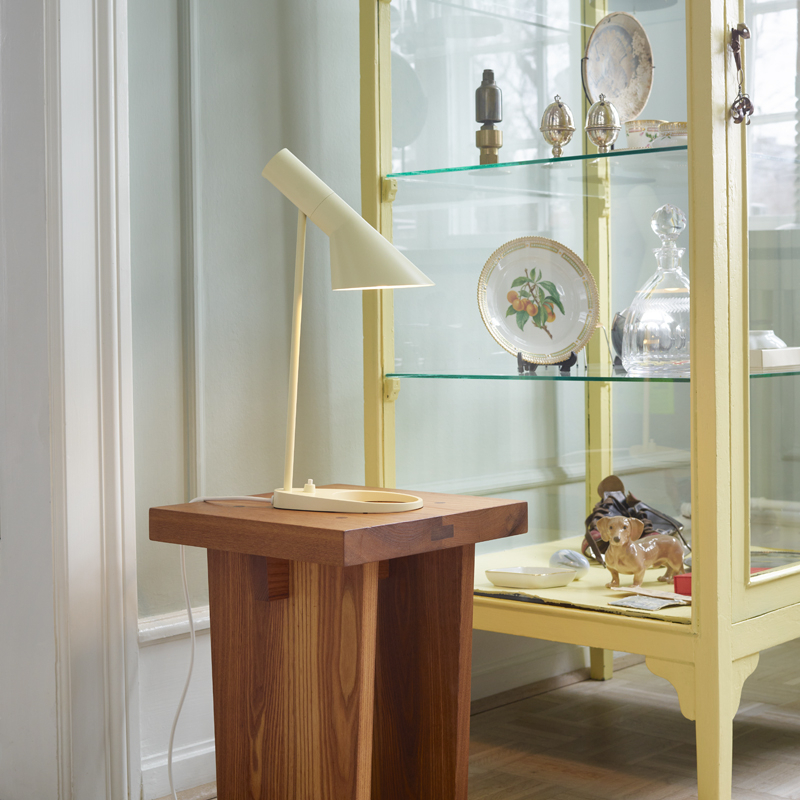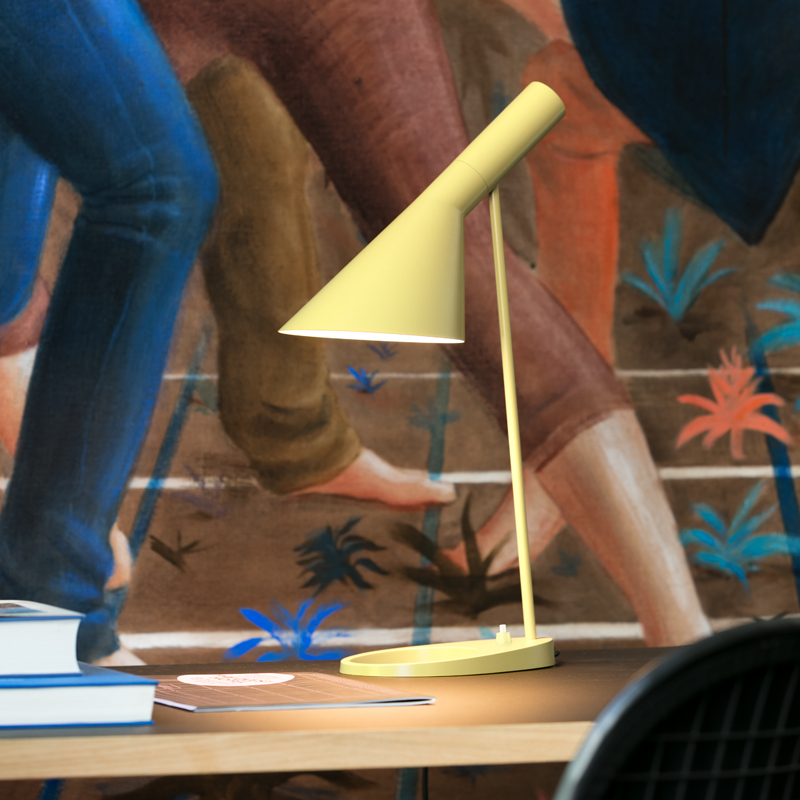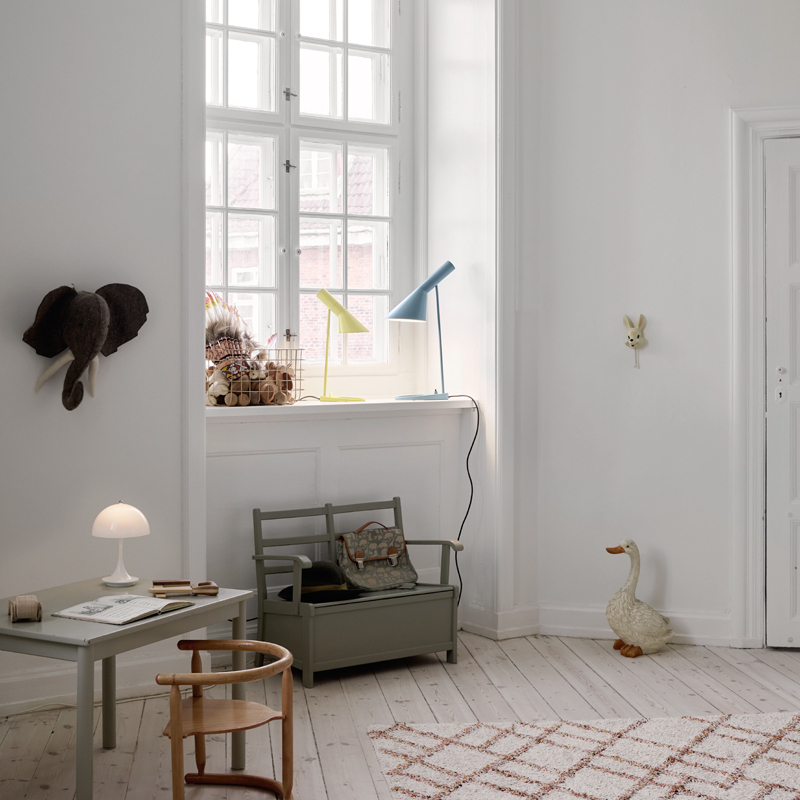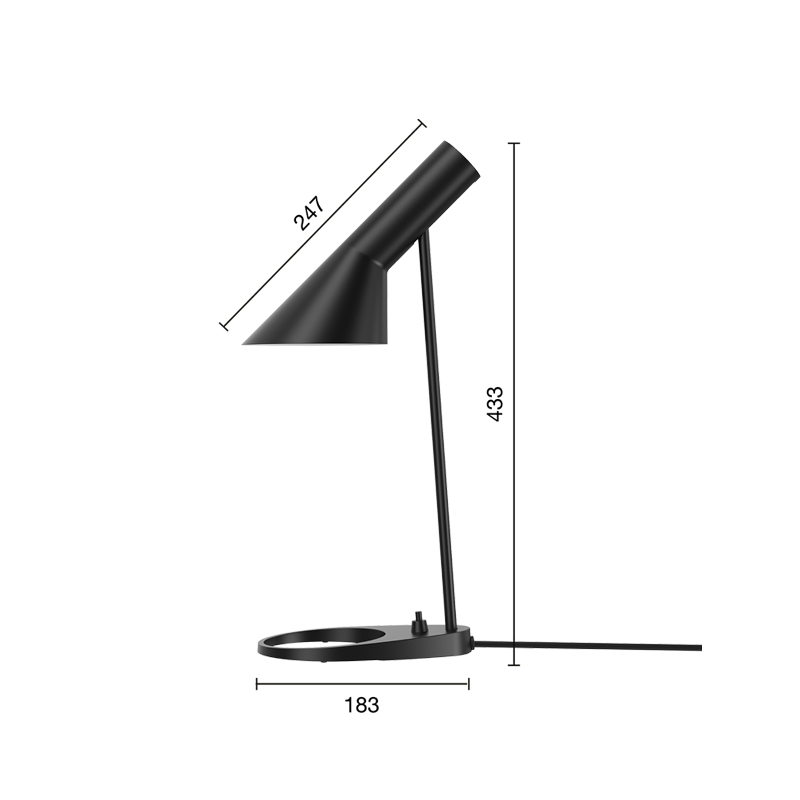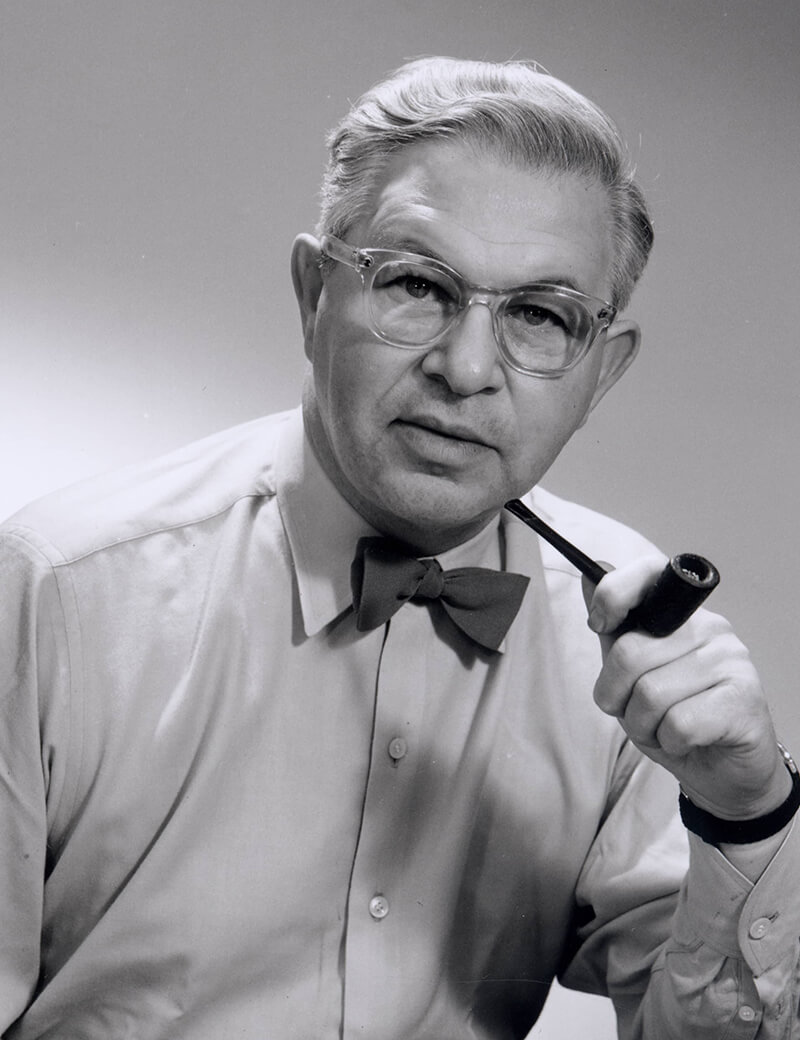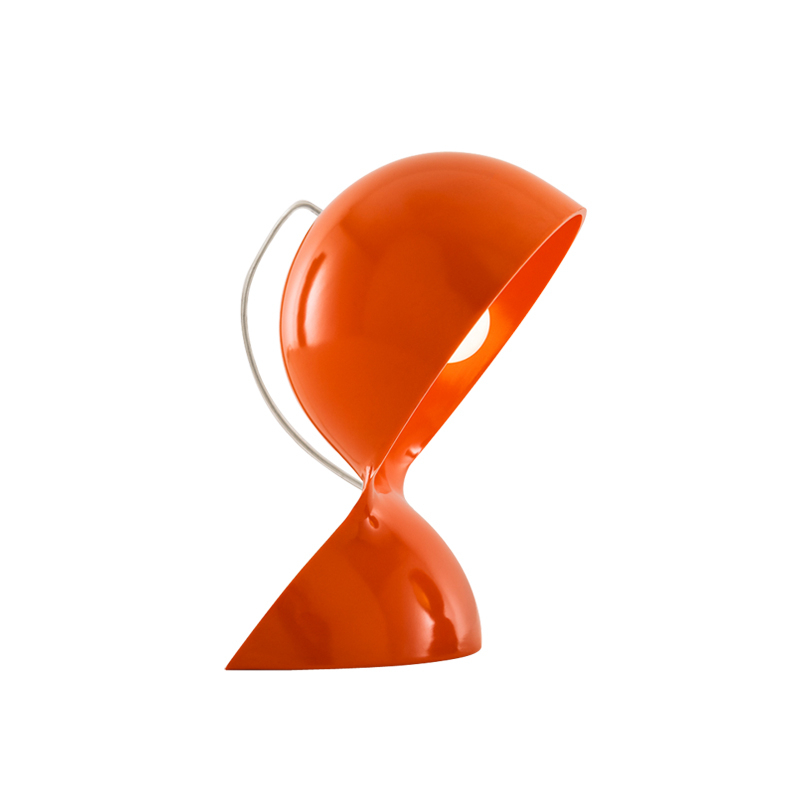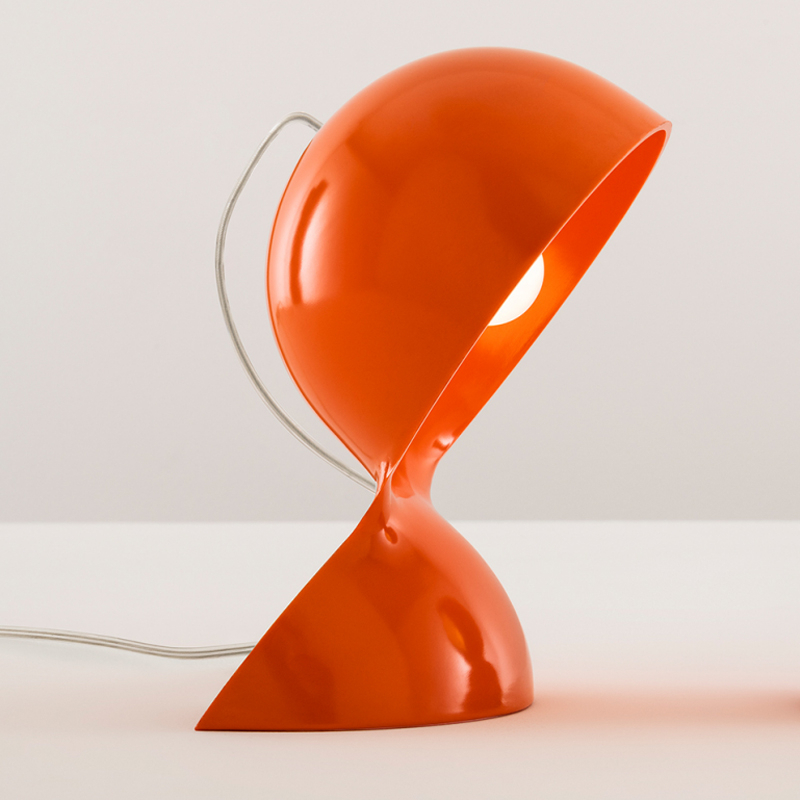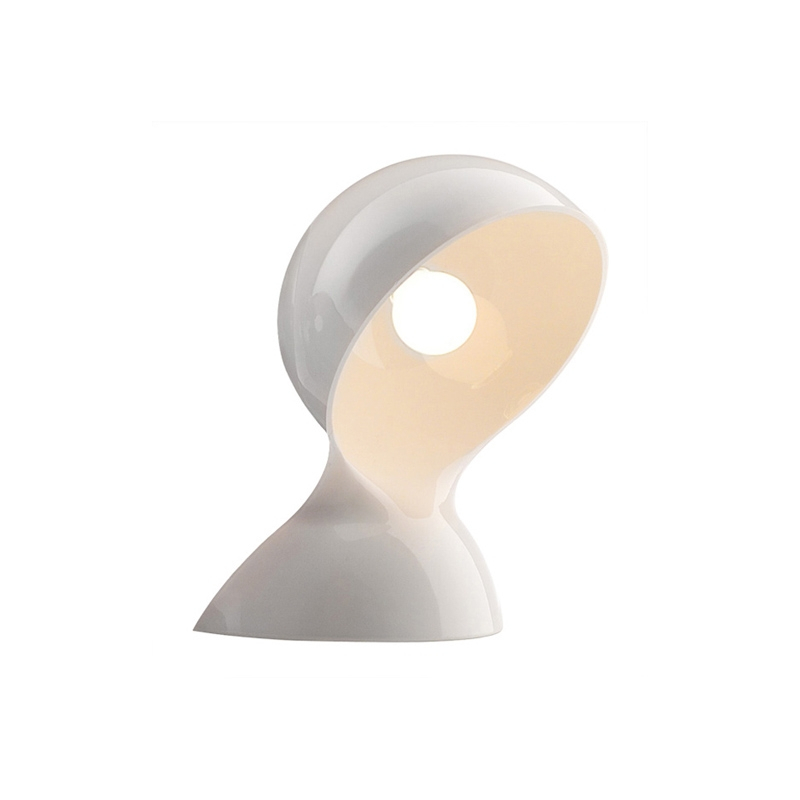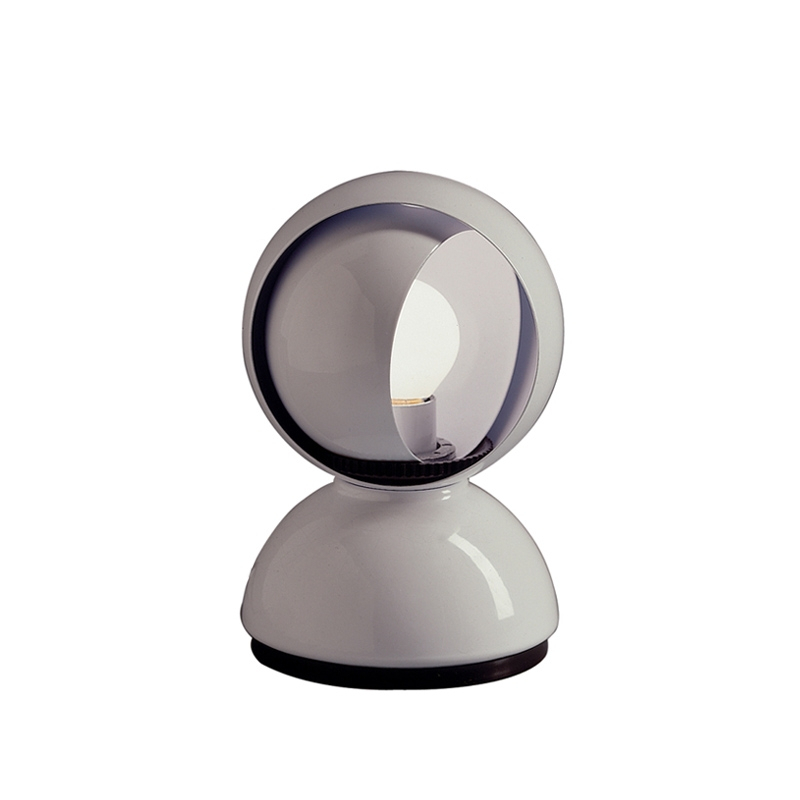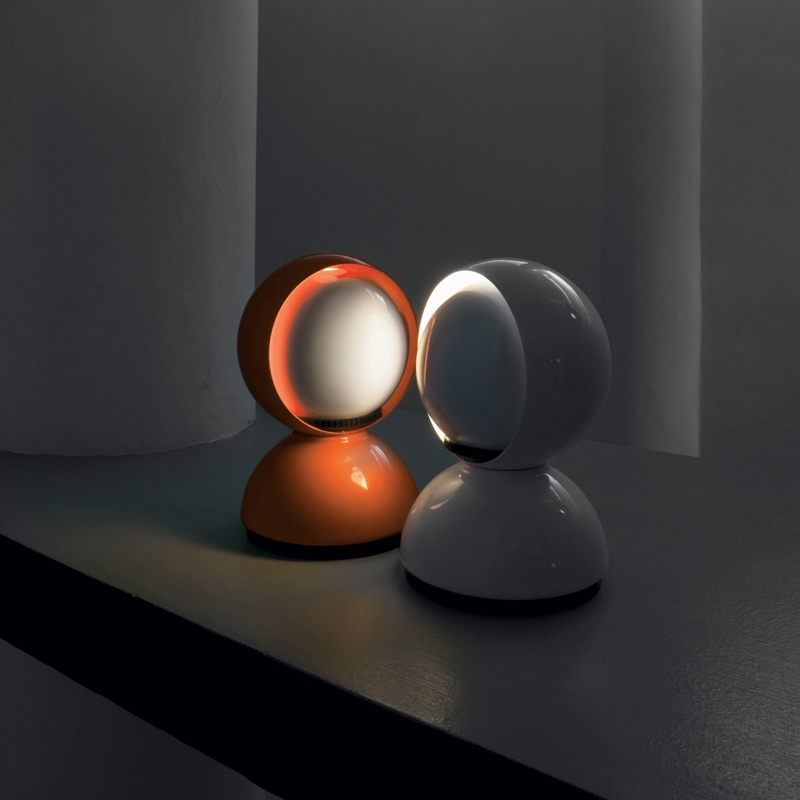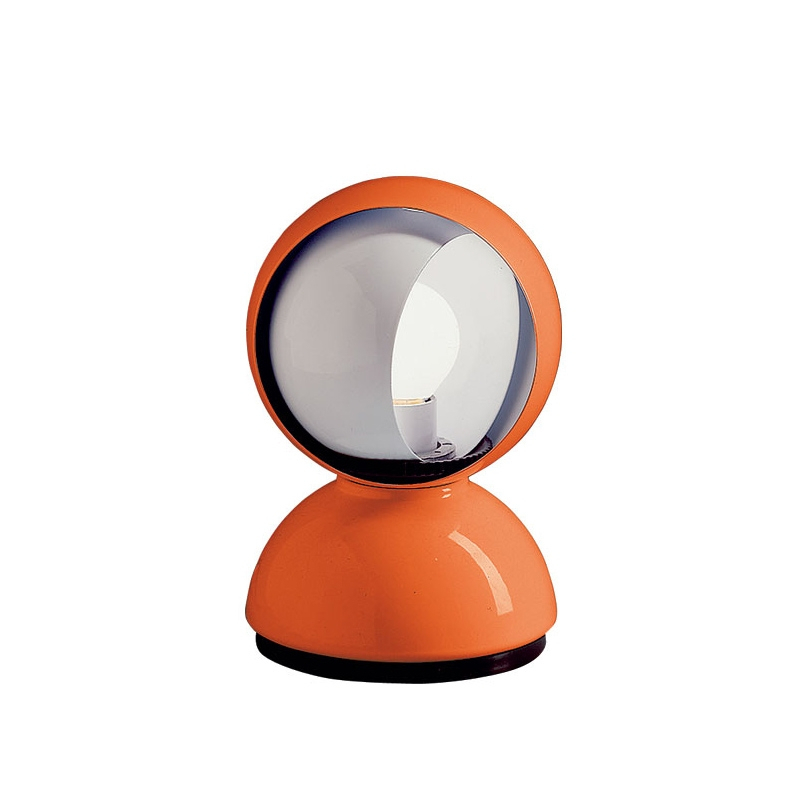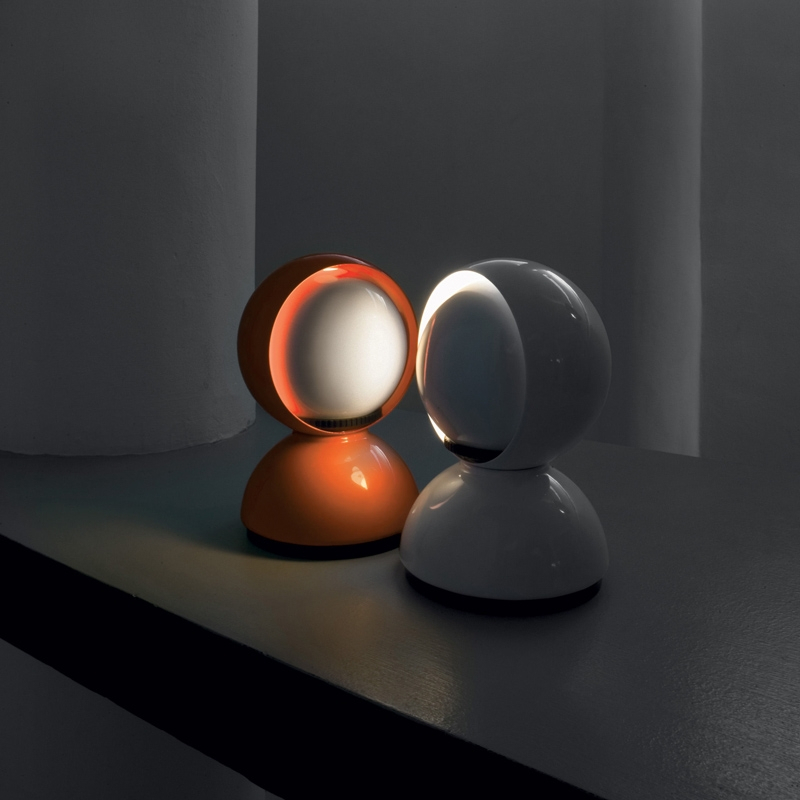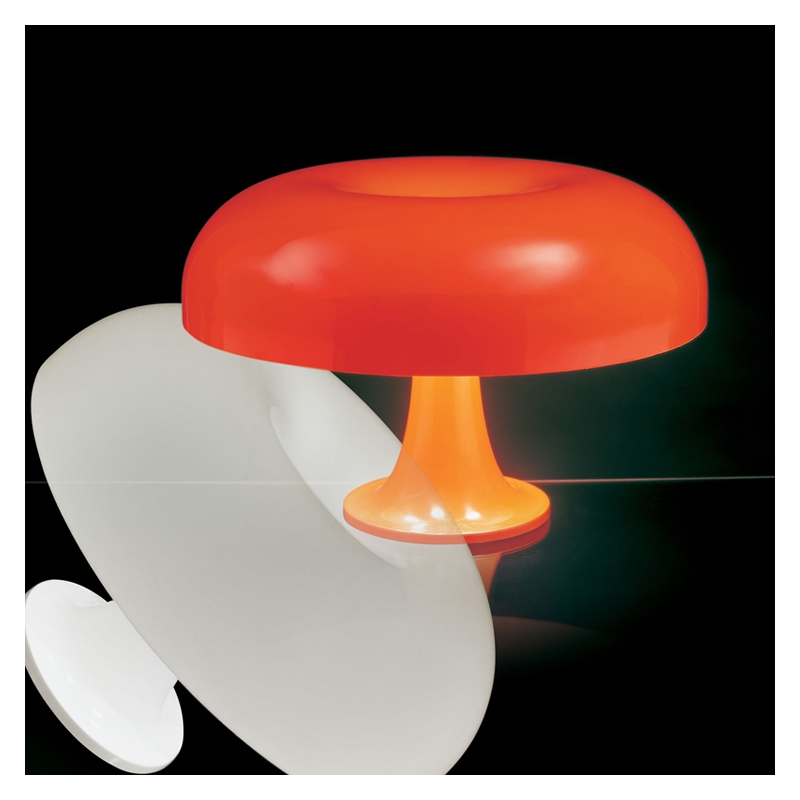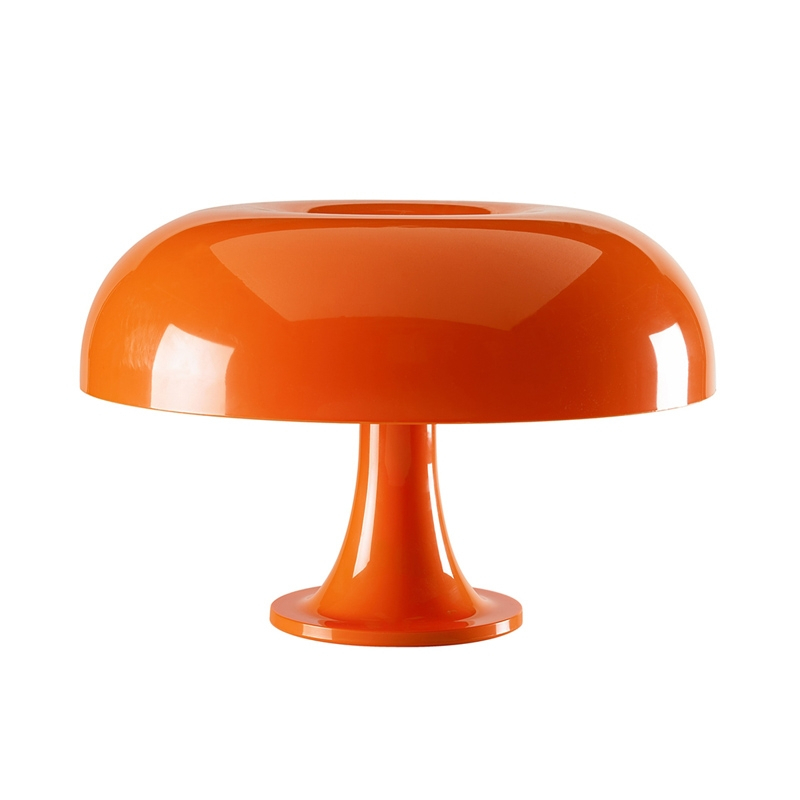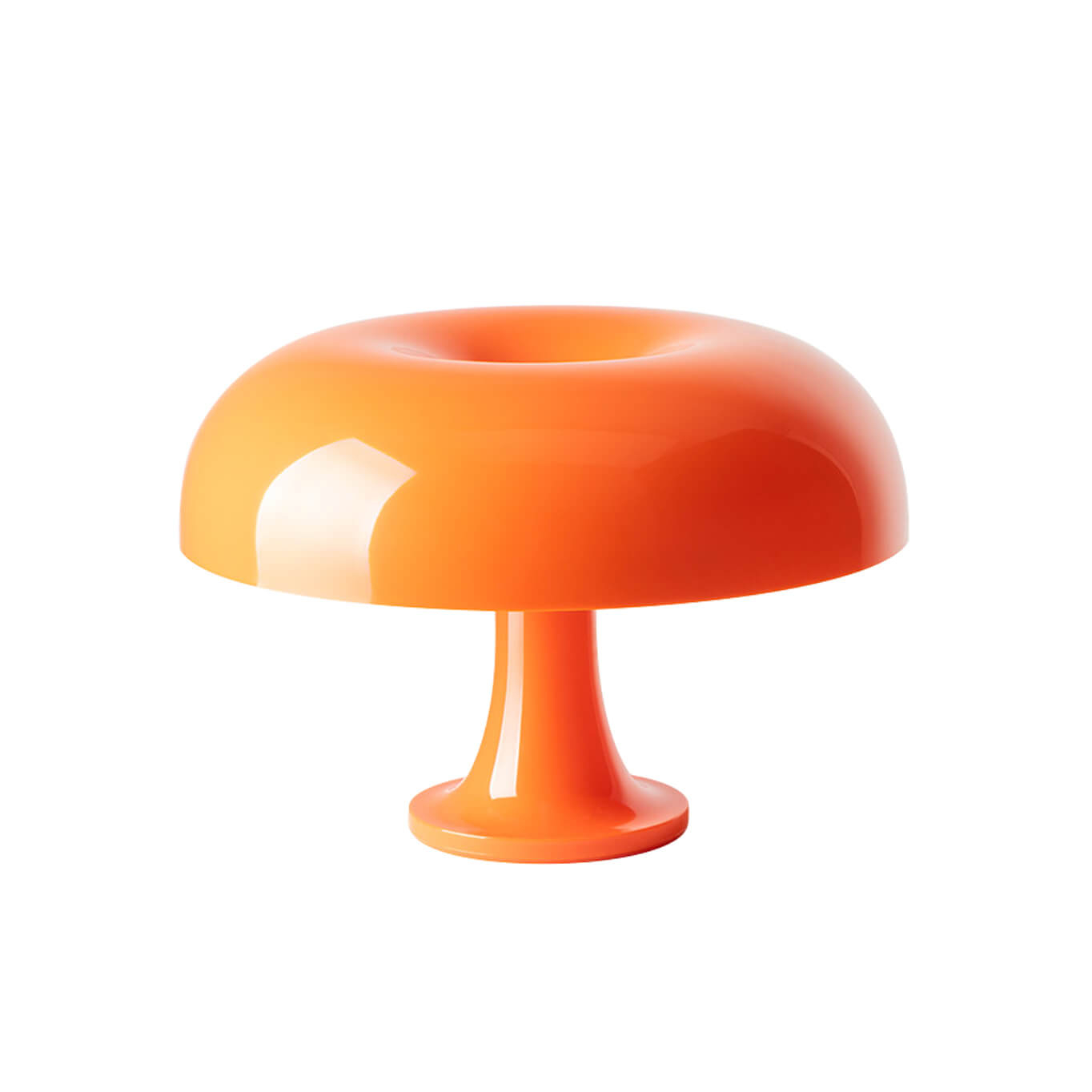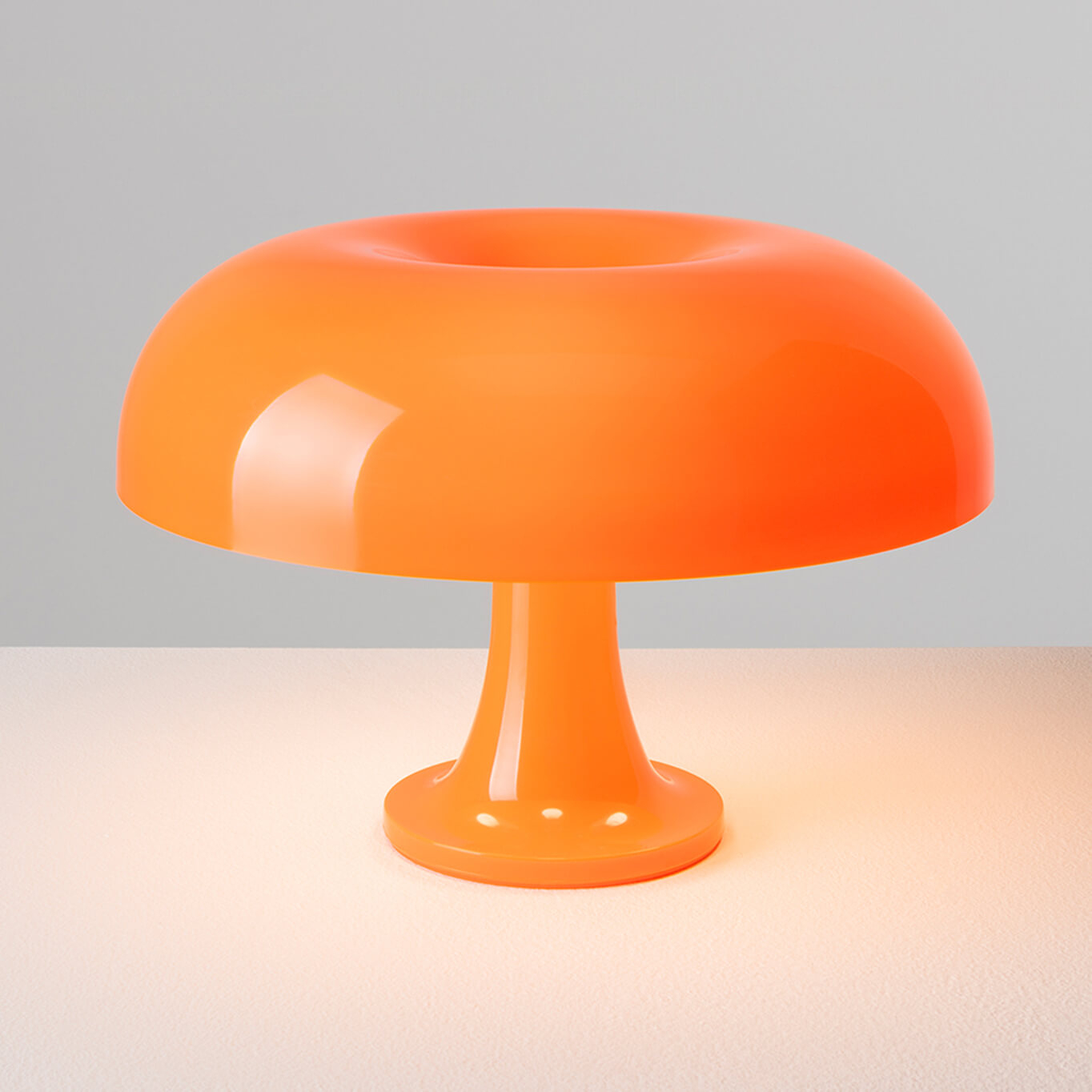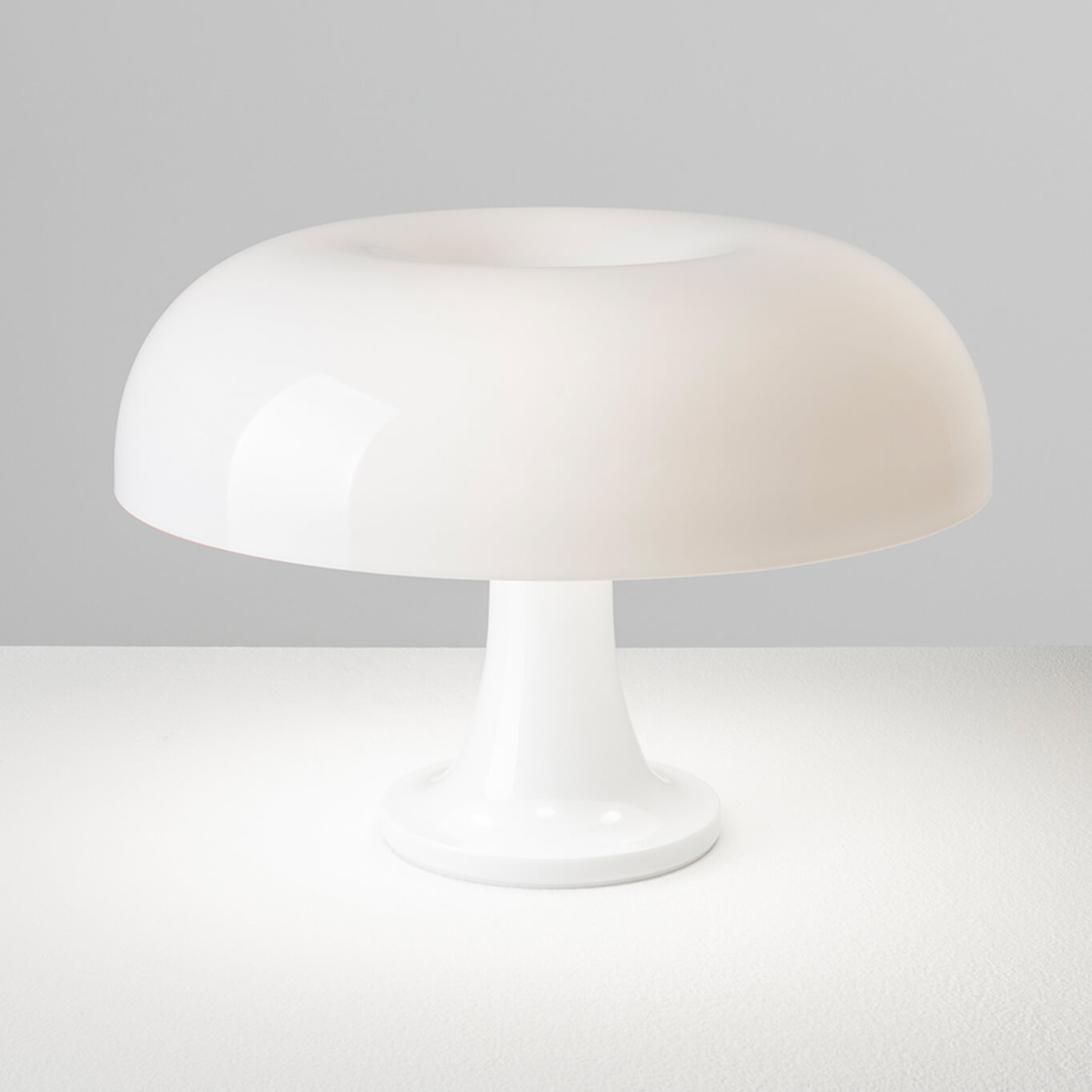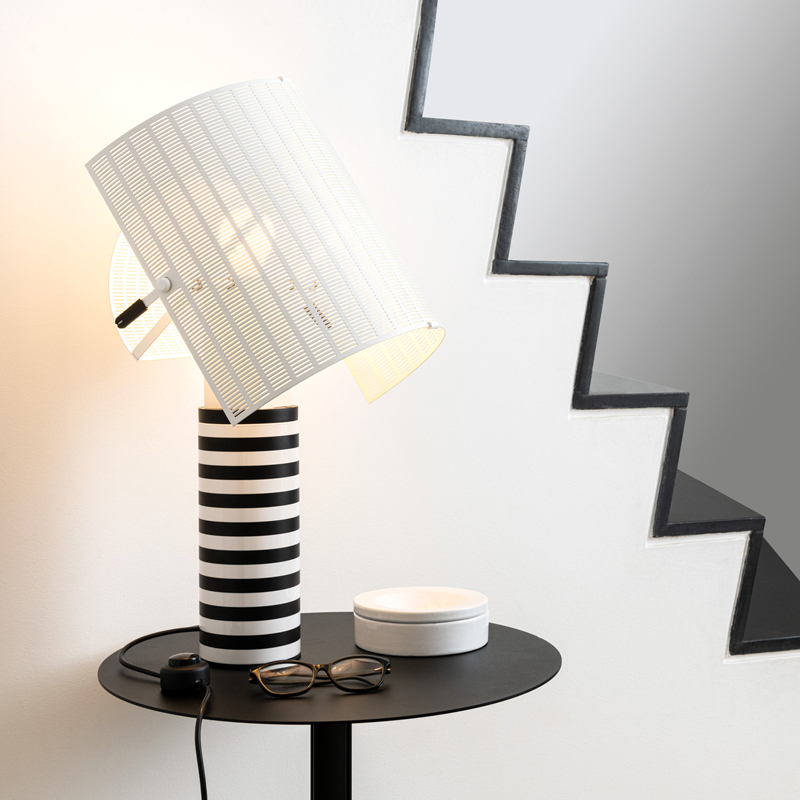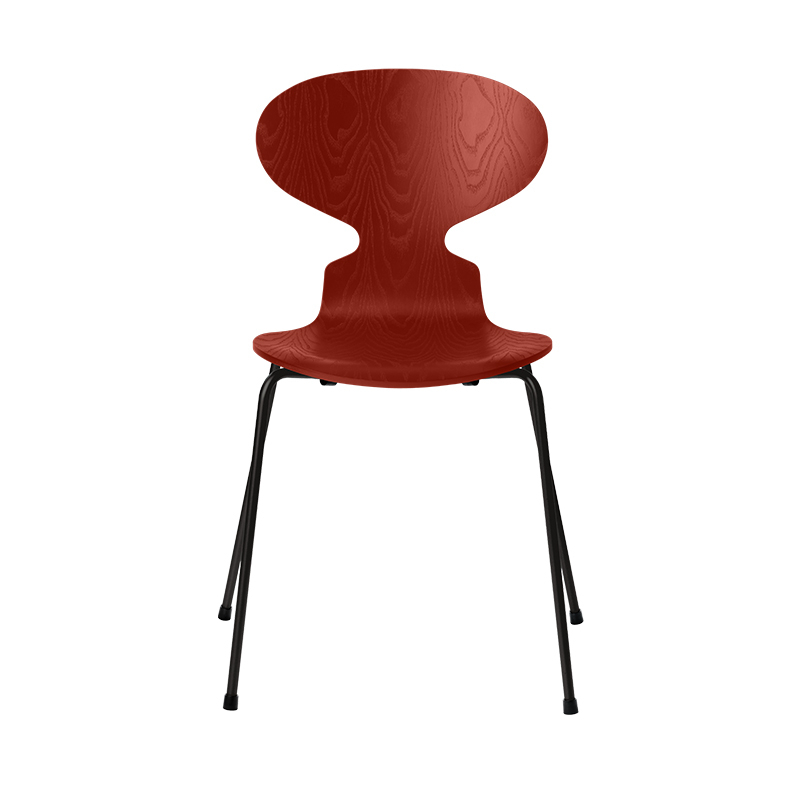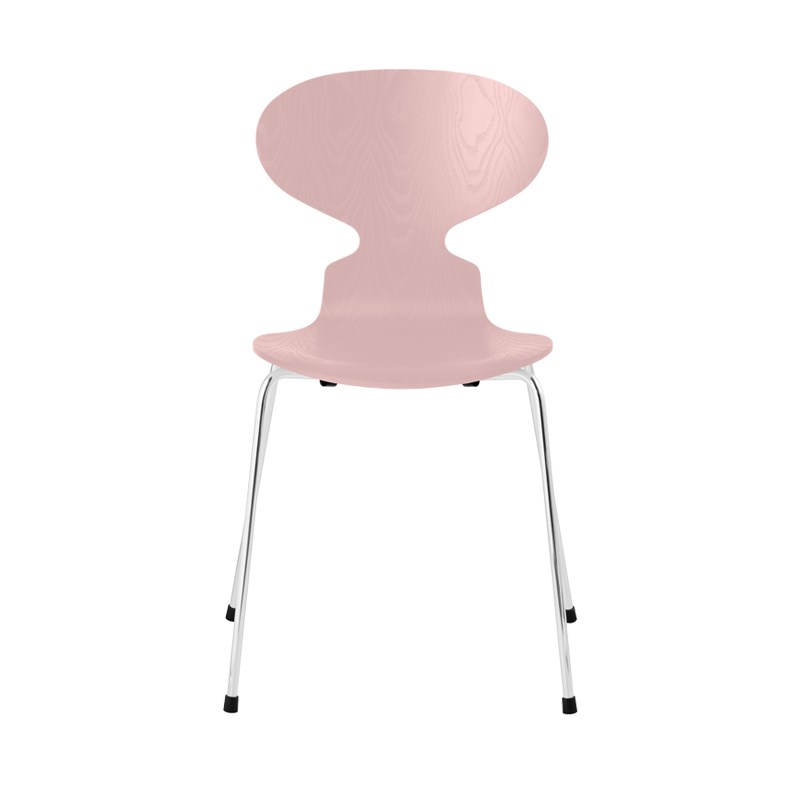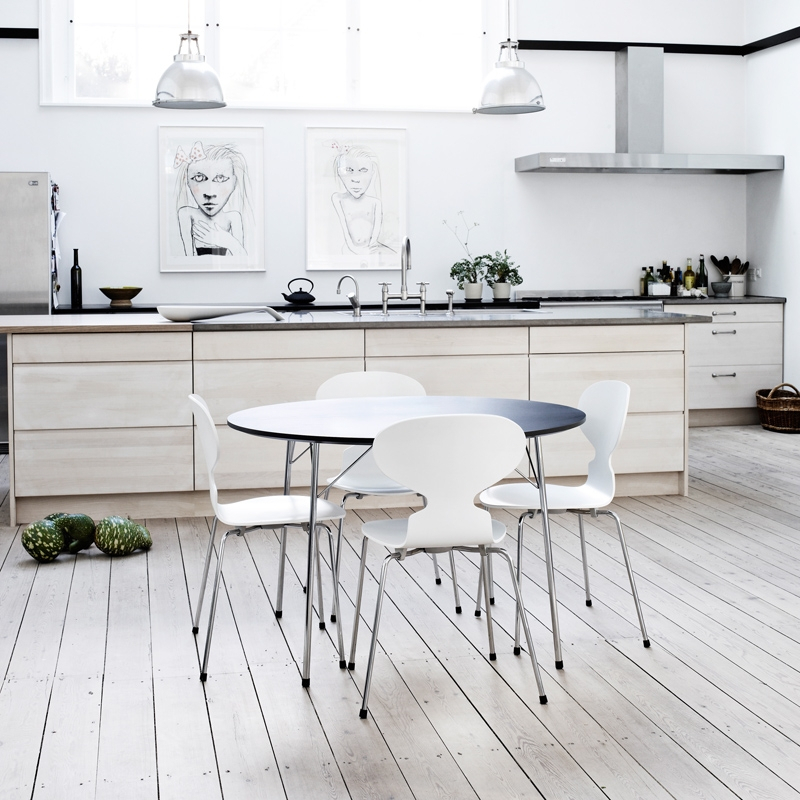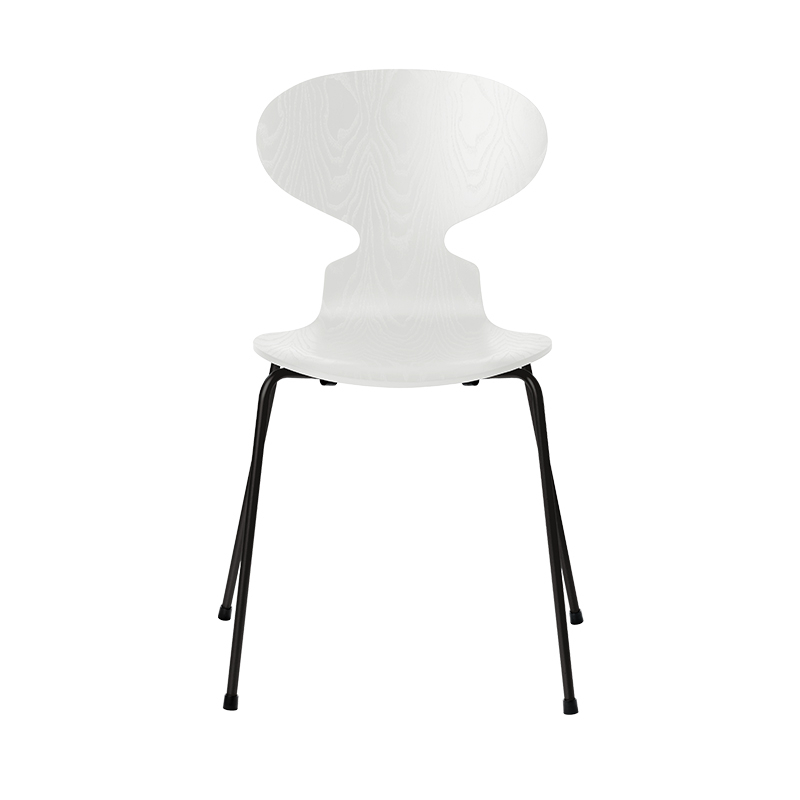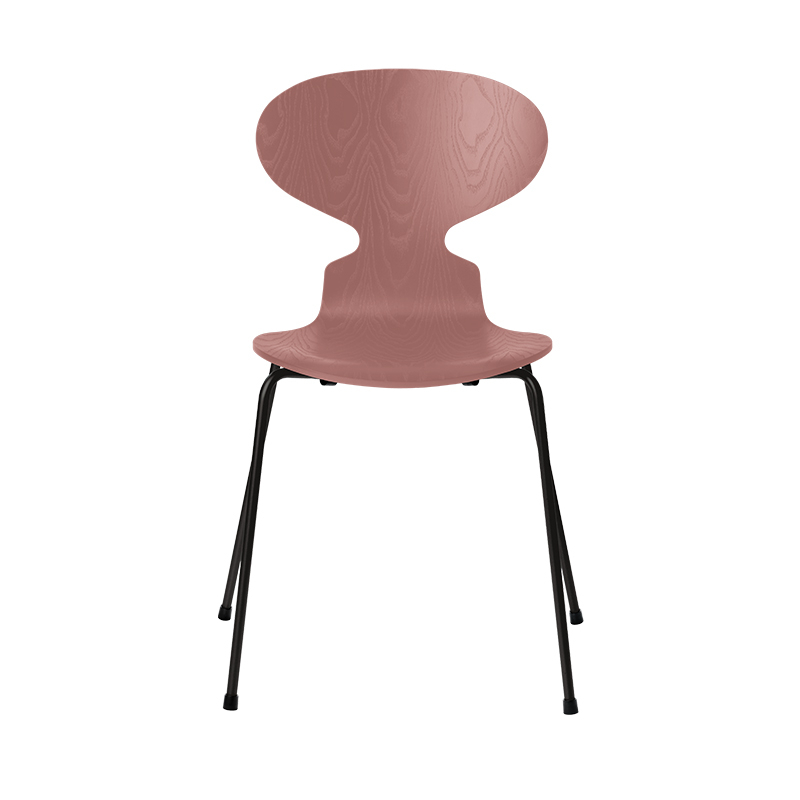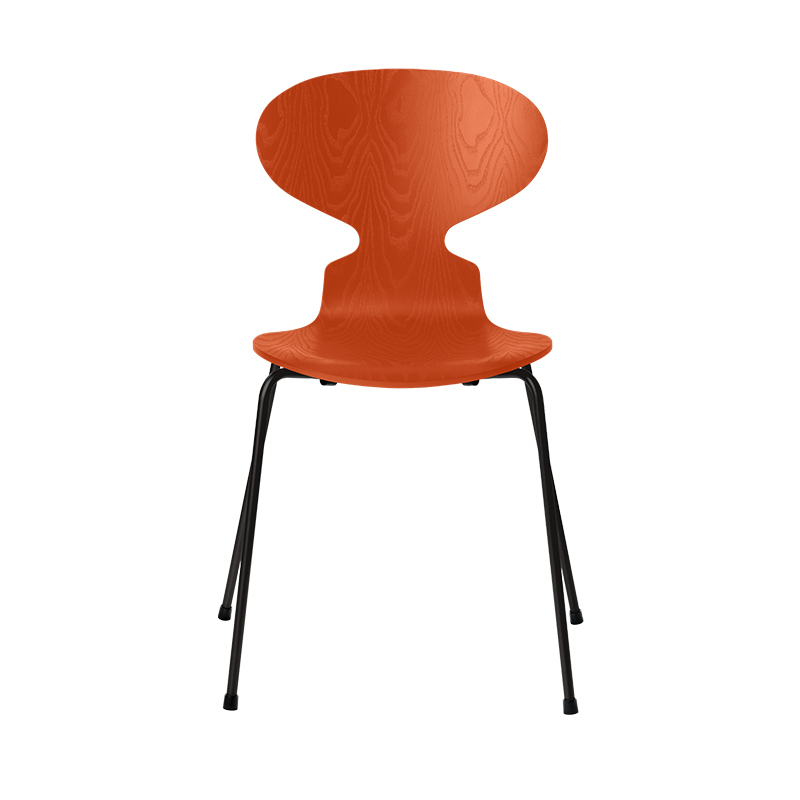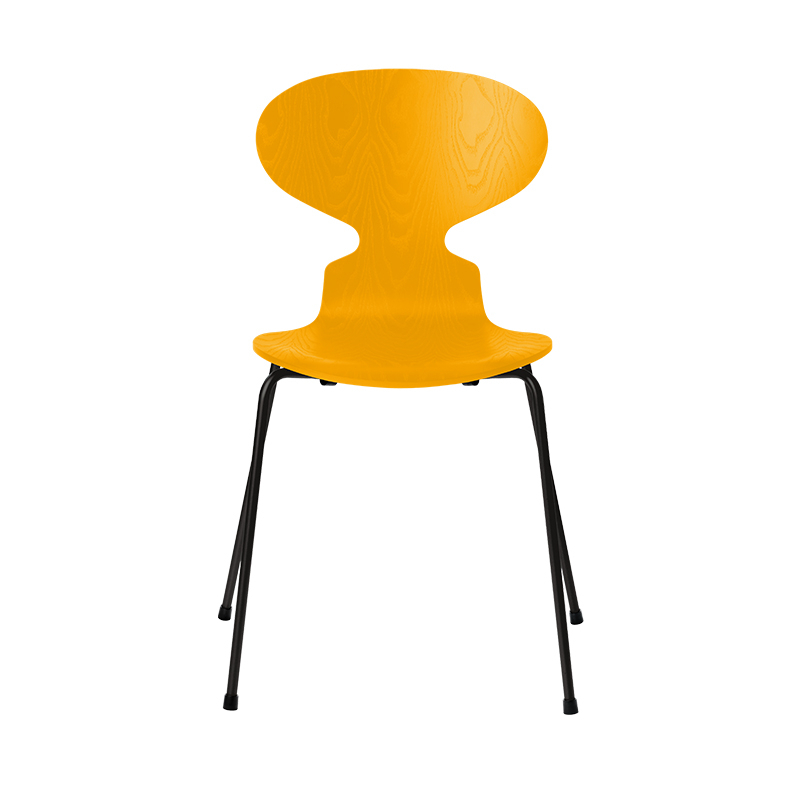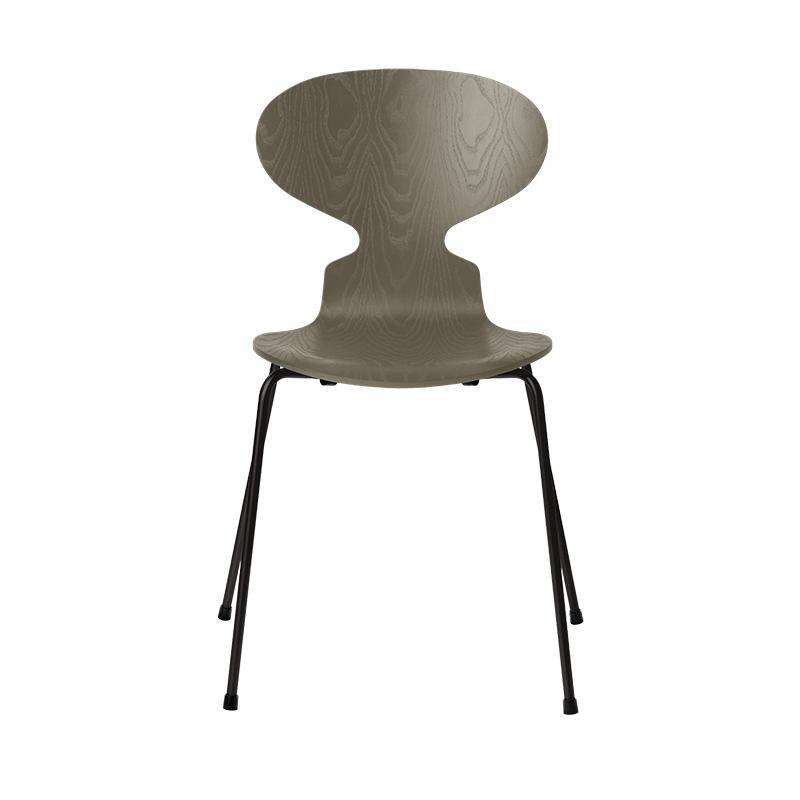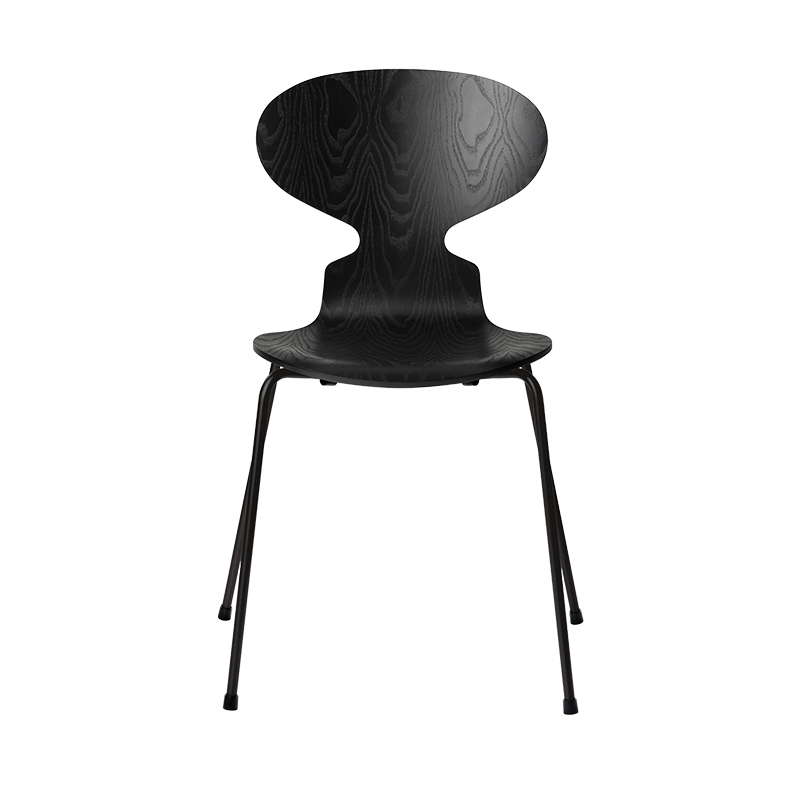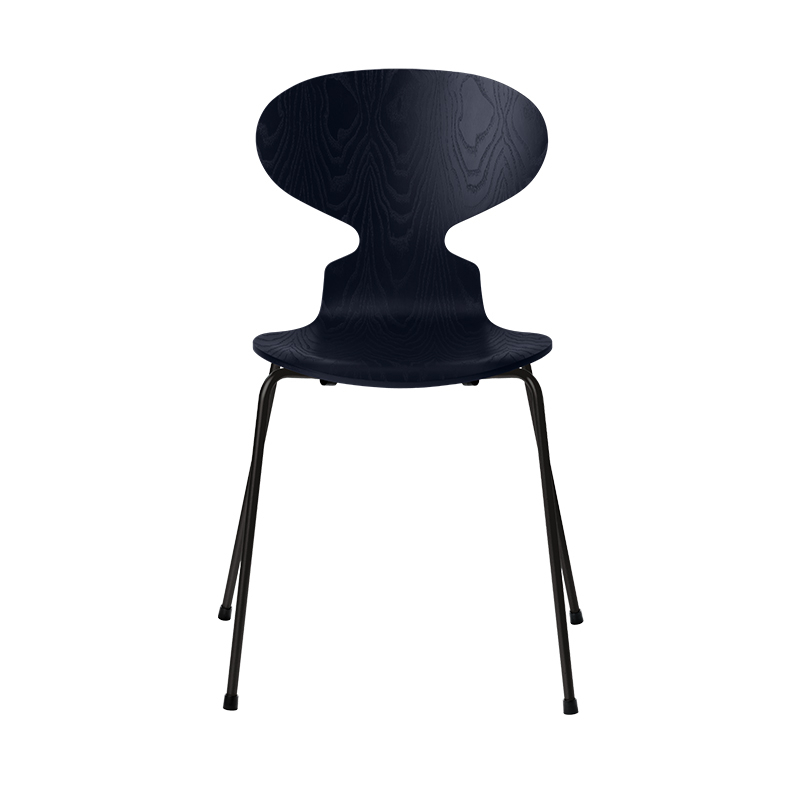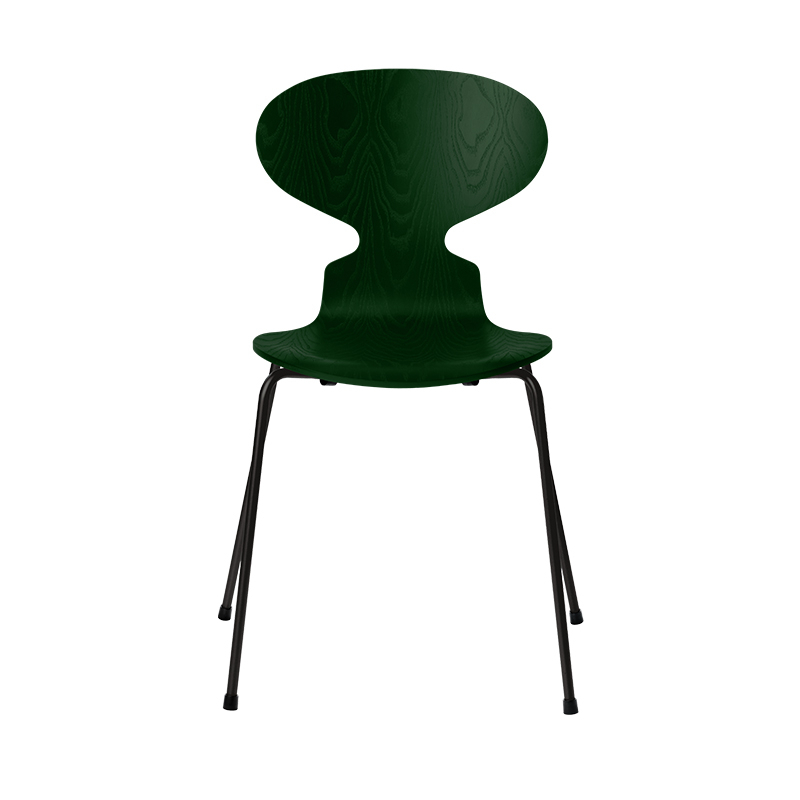- wishlist
-
Cart
Your cart is empty.
menu overlay
menu overlay
Already a customer?
New customer?
Enjoy all the benefits we offer and track your purchases in the order history.
Registermenu overlay
Reset my password
You will receive a link by email to reset your password.
-20%
Table Lamp AJ MINI TABLE Sweet lemon LOUIS POULSEN
€672.00
€840.00
€560.00 HT
or in

AJ MINI TABLE Sweet lemon
AJ MINI TABLE Sweet lemon
€672.00
€840.00
€560.00 HT
€672.00
€840.00
€560.00 HT
Description
Designed by Arne Jacobsen in 1957 for the SAS Royal Hotel in Copenhagen (Radisson Blu), the AJ luminaires were originally part of the complete design concept created for the Hotel. Edited by Louis Poulsen, the AJ Mini table lamp has an iconic graphic expression, which aligns beautifully with Jacobsen's design style and while offering a contrast to the curvature of some of the SAS Royal Hotel's furniture. The lamp's timeless design means it can be adapted to any interior and, over the years, the colour palettes have been adapted to suit modern interior trends. The angle of the shade on the AJ Mini lamp can be adjusted to optimise light distribution. The shade is painted white on the inside to give off a soft, comfortable light.
Technology
1 x 20w e14
Color
Citron doux
Colour
yellow
Material
metal
Dimensions
l 18,3 cm x h 43,3 cm, diffuseur l 24,7 cm
Matériaux
acier ou acier inoxydable étiré, base fonte de zinc ou acier inoxydable
- Home
- ▸
- Table Lamp
- ▸
- AJ MINI TABLE Sweet lemon
What you think of it
Delivery Terms
Delivery possible within 48 hours for in-stock products.
You will also like
By the same designer
menu overlay
Quote request
You will receive a response from us within 24/48 hours
Your contact details
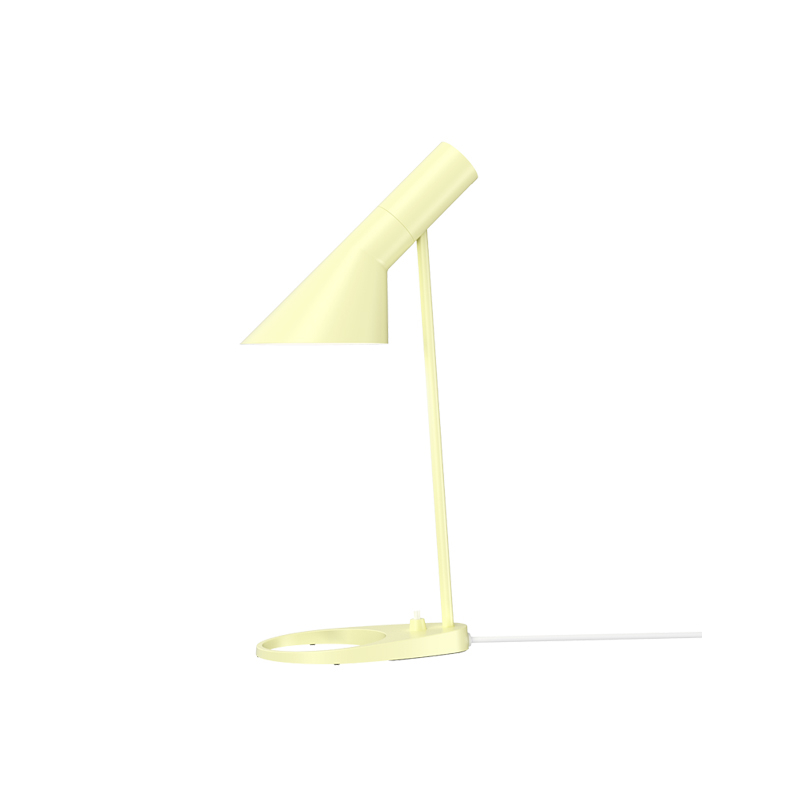
Table Lamp
AJ MINI TABLE Sweet lemon
LOUIS POULSEN
Color :
Citron doux
€672.00 TTC
€672.00 HT
In stock
In stock
€672.00 TTC
€672.00 HT
Total items :
€672.00
Taxes
0 €
Total (VAT incl.)
€672.00


